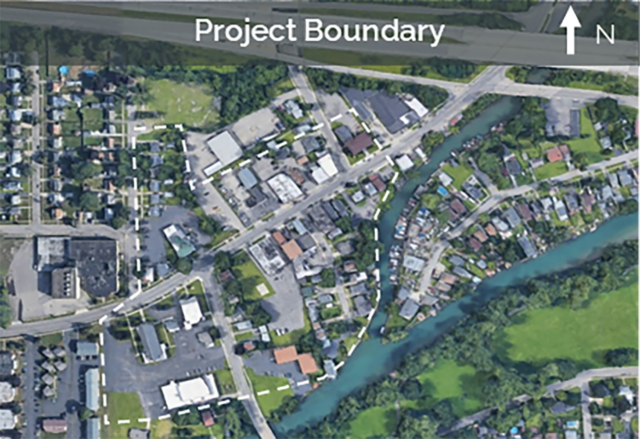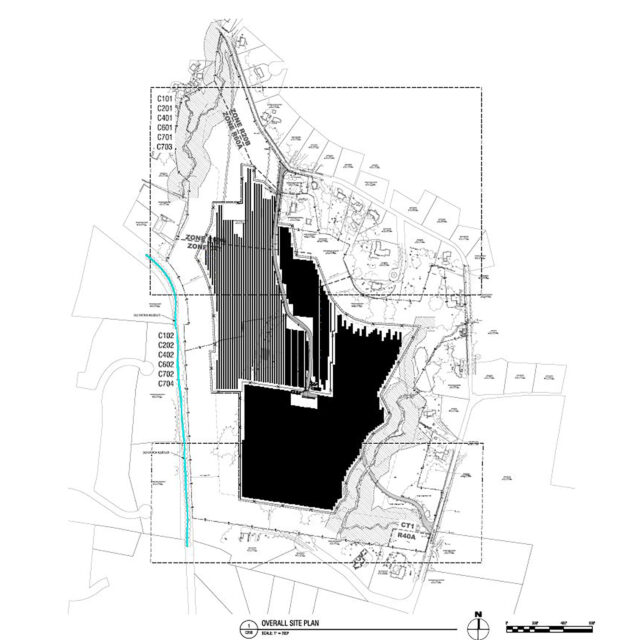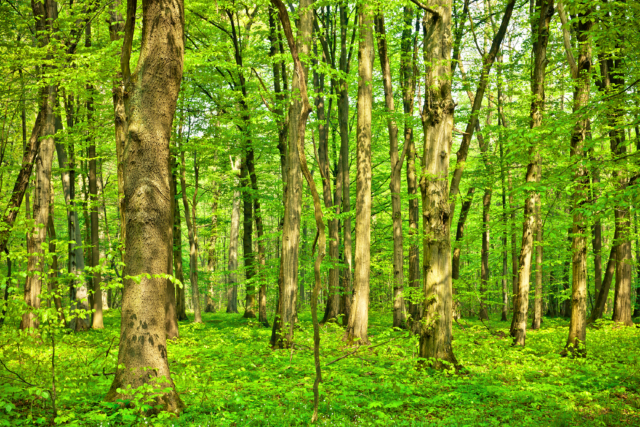
Niagara Landfill Solar
3.5 MWAC Solar Farm Provides Blueprint for Solar Development on Landfills
In April of 2020, Nexamp teamed with LaBella Associates on an opportunity to permit, design, and oversee construction of a community solar farm on the former Town of Niagara Landfill. The site is a municipal landfill that accepted both municipal solid waste (MSW) and construction and demolition (C&D) waste. The landfill was closed and capped in 1987, and had remained undeveloped since. With New York State focusing on responsible land use for renewable energy development, a closed and capped landfill was the ideal spot for siting a community solar array. The final scope of this project required civil, environmental, survey, geotechnical, and construction administration services from LaBella Associates to bring all the design components together.
In partnership with the Town of Niagara, this project was Nexamp’s first foray into design and permitting of a solar array on a former municipal landfill in New York State. One of the key elements of this project was focusing on the photovoltaic (PV) layout and optimization of the solar array, as well as conducting geotechnical calculations for the array’s foundation system to ensure that the landfill cap would not be damaged due to this project. Concrete ballasts and cable trays were used in the array design to eliminate the need for excavation on the former landfill. Consideration was given to landfill slope constraints, New York State Department of Environmental Conservation (NYSDEC) requirements for array ballasts, and PV layout and optimization to maximize the amount of energy that could be generated from the site. The final design included not only a ballasted array on the landfill cap but also a pile driven array on the underutilized land outside the landfill cap limits.
In permitting this landfill solar redevelopment, LaBella conducted an extensive due diligence: State Environmental Quality Review (SEQR) of the site’s rezoning, wetland delineation, endangered species screening, State Historic Preservation Office (SHPO) coordination, Federal Aviation Agency screening and notice filings, Phase I Environmental Site Assessment, and town meeting attendance. LaBella’s team also developed a Stormwater Pollution Prevention Plan (SWPPP) tailored to solar development for the project.
The former Niagara Landfill is a listed NYSDEC remediation site, and as such LaBella assisted Nexamp in coordinating system design with NYSDEC, in accordance with the recently proposed policy for solar at closed solid waste facilities. As part of this process, LaBella developed an updated Post-Closure Care and Maintenance plan for the site. This plan delegated responsibility for landfill maintenance, provided guidance as to how to address issues that may arise, and provided protocols as to how repairs should be conducted. Additionally, LaBella prepared an Engineering Report for the project. This report provided slope stability and settling calculations, a set of design drawings, and details as to how the landfill’s engineering controls would be protected during and following construction of the array.
Prior to construction start, LaBella developed a landfill gas monitoring plan for Nexamp to monitor methane, carbon dioxide, hydrogen sulfide, and oxygen levels as required by NYSDEC. During construction, LaBella has provided survey stakeout and SWPPP inspection services, acted as a liaison between NYSDEC and Nexamp when municipal solid waste was encountered outside of the presumed landfill footprint, and has advised Nexamp’s construction crew on ways to avoid uneven settling of the ballast during the winter months of freezing/thawing ground conditions. Once constructed, LaBella will provide a construction certification report and an as-built survey plan.
As the project draws to a close, LaBella looks forward to the solar array coming online to power the nearby Niagara homes and businesses. Speed, creativity, and geniality in response to unforeseen obstacles marked this successful collaboration between Nexamp and LaBella, and we are excited to apply lessons learned to future landfill and brownfield solar projects. One of the missions of LaBella’s renewable energy group is to help both our public and private clients find ways to repurpose contaminated or underutilized sites for clean energy generation and community benefits. Utilization of these types of sites for renewable energy is an important step forward in building a reliable and sustainable energy grid to meet the needs of the 21st century.













